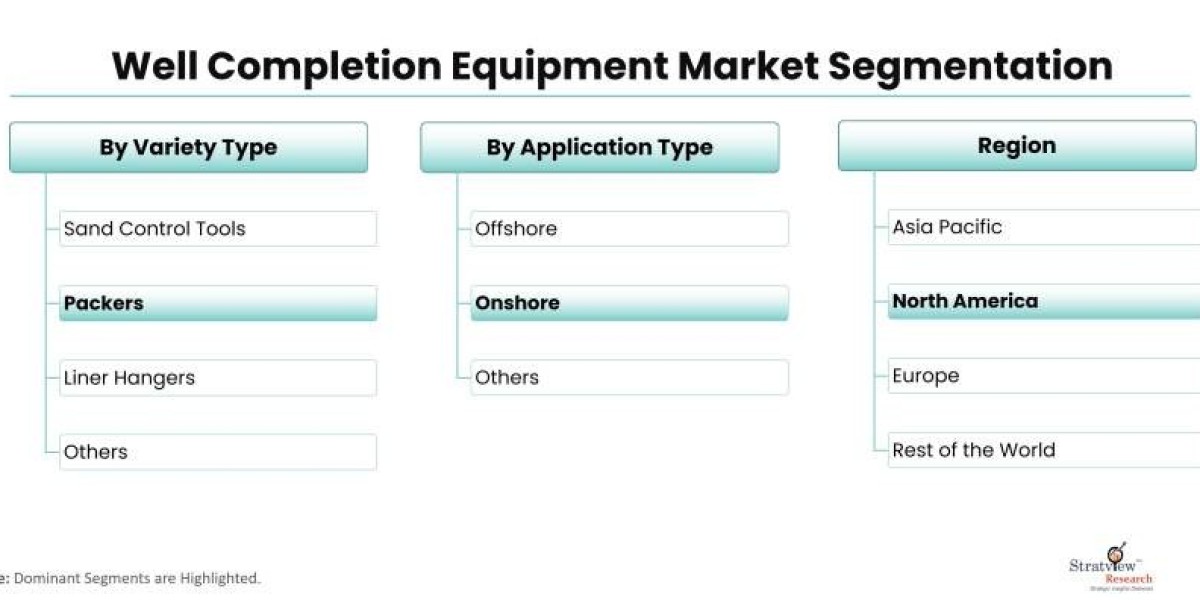The Well-completion is the process of transforming a drilled well into a production one. It involves several steps, including casing, cementing, perforating, gravel packing, and installing a production tree. The well completion equipment used in these steps plays a critical role in ensuring the safe and efficient production of oil and gas. The global well completion equipment market is likely to witness an impressive CAGR of 4.40% during the forecast period.
Casing
The first step in well completion is to case the hole. This involves inserting a series of steel pipes (casing) into the drilled wellbore. The casing provides structural support for the wellbore and helps to prevent the formation of fluids from entering the groundwater.
Cementing
Once the casing is in place, it is cemented in the wellbore. This helps to seal the casing to the surrounding formation and prevents the formation fluids from migrating up the wellbore.
Perforating
The next step is to perforate the casing. This involves creating holes in the casing that allow the formation fluids to flow into the wellbore. The perforations are typically created using a perforating gun, which is lowered into the wellbore and fired.
Gravel packing
After the casing is perforated, gravel packing may be used to prevent sand from entering the wellbore. This involves injecting gravel into the open spaces around the casing. The gravel helps to create a barrier between the formation fluids and the casing, which helps to prevent sand from plugging the wellbore.
Production tree
The final step in well completion is to install a production tree. The production tree is a manifold that is installed at the top of the wellbore. It controls the flow of oil and gas from the wellbore to the surface. The production tree typically includes valves, chokes, and gauges that allow the operator to control the flow of fluids and monitor the well's production.
Well completion equipment is constantly evolving to meet the challenges of producing oil and gas in a more sustainable way. For example, new technologies are being developed to reduce the amount of water used in well completions. Other technologies are being developed to improve the efficiency of well completions, which can help to reduce emissions.
The use of sustainable well completion equipment can help to reduce the environmental impact of oil and gas production. For example, reducing the amount of water used in well completions can help to protect freshwater resources. Improving the efficiency of well completions can help to reduce emissions.
The use of sustainable well completion equipment is a key part of the transition to a more sustainable oil and gas industry. By using sustainable well completion equipment, operators can help to reduce the environmental impact of oil and gas production and help to ensure a more sustainable future for the industry.
In addition to the environmental benefits, the use of sustainable well completion equipment can also provide economic benefits. For example, reducing the amount of water used in well completions can help to save operators money on water costs. Improving the efficiency of well completions can help to reduce the cost of completing a well.
The use of sustainable well completion equipment is a win-win for the environment and the economy. By using sustainable well completion equipment, operators can help to protect the environment and save money.








